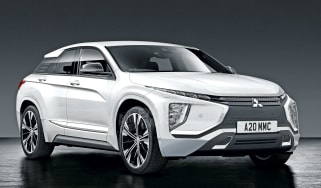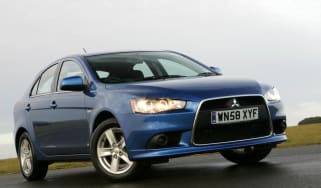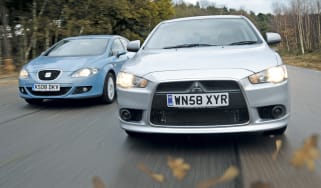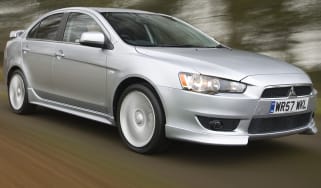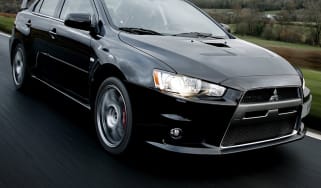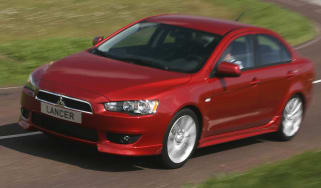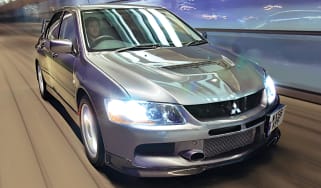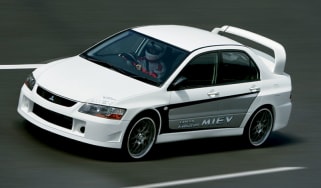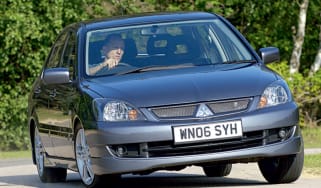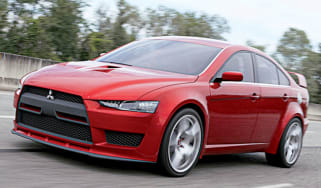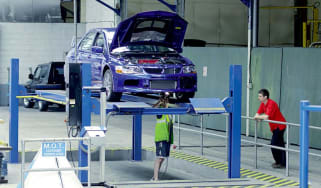Mitsubishi Lancer (2008-2016) review
The Mitsubishi Lancer offers space, practicality and superb value, albeit in a slightly ungainly hatchback package

The Mitsubishi Lancer was first launched in 1973, and is now in its ninth generation. This is the first Lancer to be sold as a hatchback since the fifth generation was unveiled in 1988, and is one of the most practical models in the firm’s range. The Lancer takes styling inspiration from the fire-breathing Evo X model, but it but battles against more practical value for money competition like the Skoda Octavia and Chevrolet Cruze. A roomy cabin, generous standard kit and an inclusive service plan make it more competitive than it might first appear.
Our choice: Mitsubishi Lancer 2.0 DI-D Juro
Engines, performance and drive
If you’re looking for a Mitsubishi Lancer that is fun to drive, then you should focus your attention on the Evo X models. The standard hatchback, whether fitted with the 2.0-litre diesel or 1.8-litre petrol engine, suffers from excessive body roll. Worse still, the stiff suspension means the Lancer crashes over anything but a perfect surface. And although the diesel is relatively economical, it’s noisy, while the petrol lacks the urge of its oil-burning brother. Short gearing helps boost acceleration, but the imprecise change doesn’t encourage you to swap between ratios.
MPG, CO2 and Running Costs
A fixed-price servicing plan means Lancer servicing ranges from £400 to £500, depending on the model chosen, and covers the car for three years and the first 37,500 miles. However, the 1.8-litre petrol engine is only available with an automatic gearbox and chucks out 191g/km of CO2, while the six-speed manual diesel emits 163g/km. The end result is annual road tax bills that are much higher than its competitors. At least the diesel is economical, with a combined economy of 45.6mpg, and all models are relatively well equipped.
Interior, design and technology
The Mitsubishi Lancer shares its basic chassis and bodywork with the Evo X super saloon, but it's fair to say that the Lancer hatchback is less pleasing on the eye than the four-door version. Up front there’s the aggressive grille and lights seen on the Evo X, and at the rear the large roof-spoiler adds sporting flair, but these elements fail to hide the awkward proportions. It’s certainly not as visually pleasing as the Chevrolet Cruze hatch. The cabin’s neat design makes up some lost ground, yet the quality could be better, being leagues away from the soft-touch plastics found in the Skoda Octavia, and the dated switchgear is a disappointment.
Practicality, comfort and boot space
Despite being a hatchback, the Mitsubishi Lancer doesn’t have as large a boot as you may expect – with the seats in place there’s only 344 litres available. Things improve when the rear bench is folded flat, as space increases to 1,349 litres. That’s still 241 and 104-litres down on the space available from the Skoda Octavia hatchback. Still, the Mitsubishi Lancer does boast plenty of rear legroom and the large glass area means visibility is good.
Reliability and Safety
The Lancer comes with electronic stability control, traction control, Isofix child seat mounts, emergency brake assist, a passenger airbag deactivation switch and a full complement of airbags. It scored five stars in its Euro NCAP crash test, too. Mitsubishi hasn't performed particularly well in the Driver Power surveys, with average ratings for the make and its dealers.





